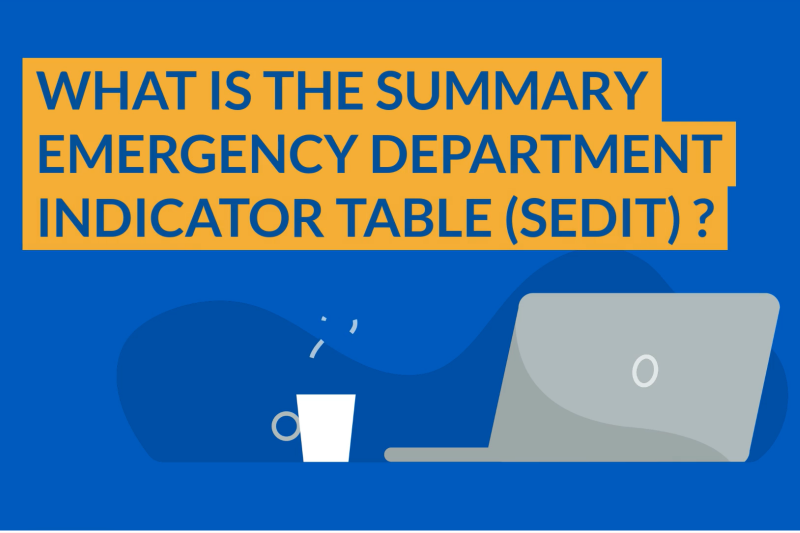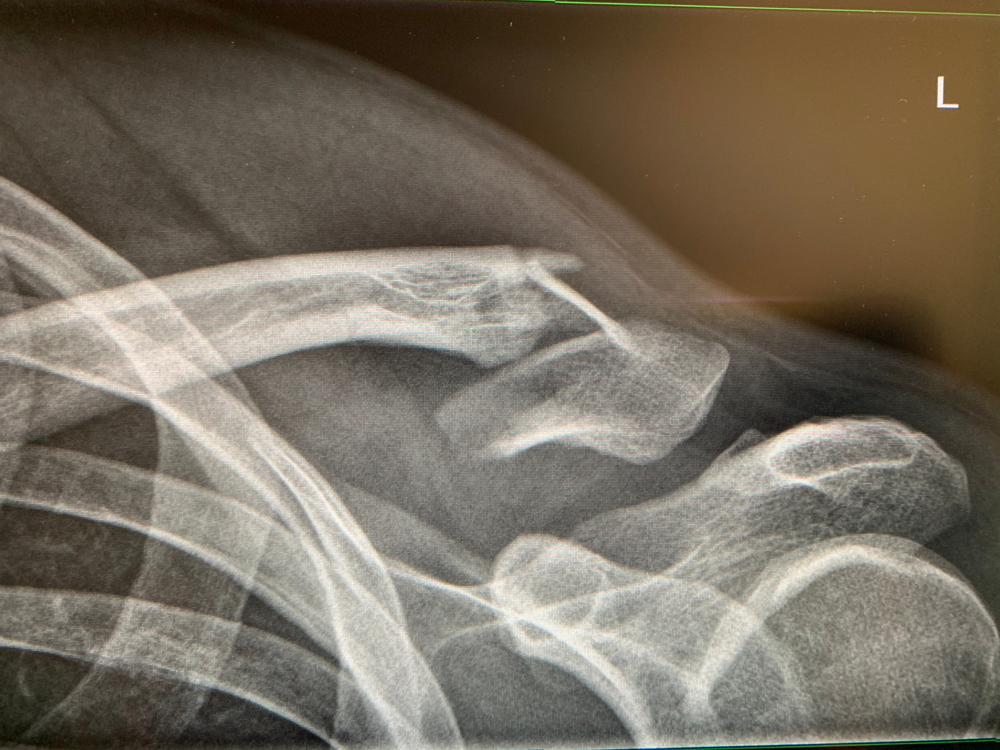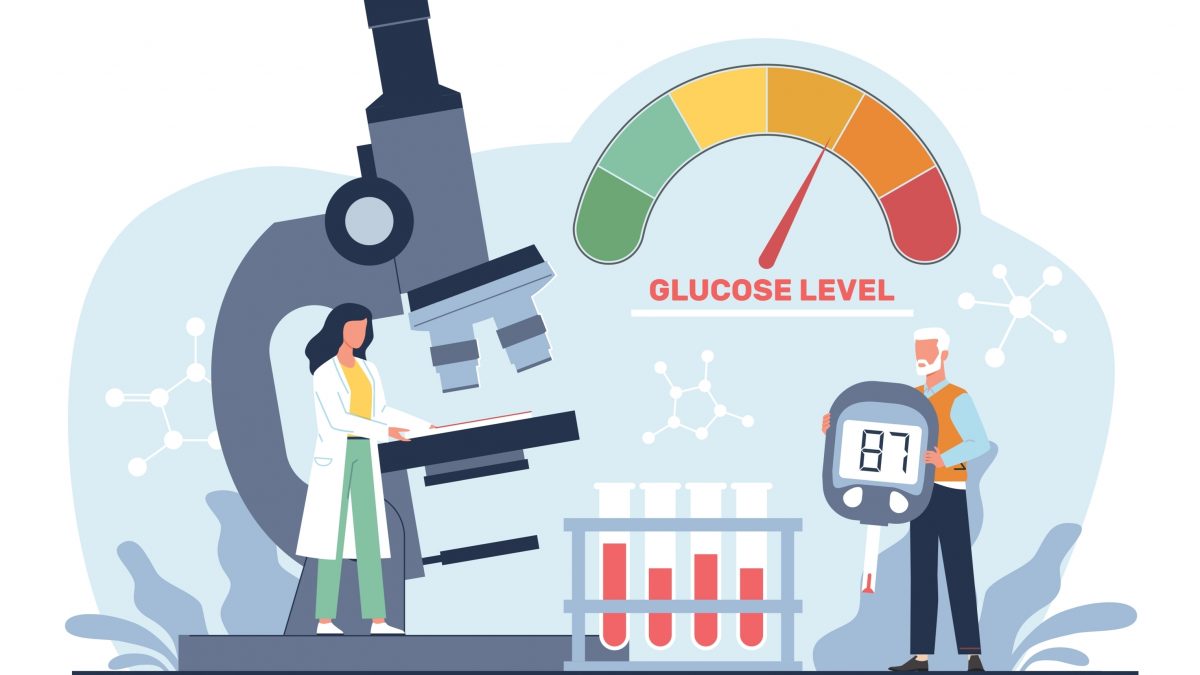
GIRFT – Why the New Pathway for Diabetes Care is in Place
12th December 2023
Why Doctors Miss Fractures
19th January 2024In line with the Getting It Right First Time (GIRFT) initiative aimed at improving patient outcomes and safe discharge following Emergency Department admission and treatment, a new pathway for the treatment and management of hyperglycaemia and diabetes in adults has now been rolled out across the UK.
Time Matters
Upon a patient presenting in the Emergency Department, the initial aim is to establish the presence or otherwise of DKA/HHS*, both critical conditions requiring time-critical decision-making. If these conditions are not present, the clinician should go to the first fast-acting insulin administration protocol with consideration of IV fluids to bring these under control and reassess after two hours.
After this period of time has passed, a further administration of fast-acting insulin should be given prior to further reassessment after two hours. Where there is unknown diabetes, the clinician will need to refer to the Decision Support Tool for New Diagnosis. Where the patient is known to have diabetes, earlier discharge may be possible with a higher CBG level and if historical hyperglycaemia is known and managed and a follow-up programme is put in place.
*if DKA/HHS is not present, the clinician should consider other causes:
· Cardiac event
· Underlying infection
· Pregnancy
· Active foot disease
· Steroids
· Other
At all times, capillary blood glucose monitoring should be observed, and the use of VR11 (variable rate intravenous insulin infusion) should be considered before a decision on admittance. Clinicians should refer to Table 1 when working out the correct dosages for fast-acting insulin administration.
Where DKA/HHS is present, the DKA/HHS protocol should be immediately commenced. This could involve arranging immediate admission and referral to the diabetes team for ongoing support and management advice.
Discharge and follow-up
It is critical that the criteria guidelines for discharge and follow-up are followed to the letter for the Pathway protocol to be considered successful and for the patient to go home with a management plan. The criteria for discharge are as follows:
· Metabolic – glucose reading should be less than 15 with mmol/l ideally less than 10 mmol/l OR a 30% drop from initial CBG levels with capillary ketones at 1.0 mmol/l
· Physiological – NEWS2 score should be less than 2 with a capillary refill time of less than 2 seconds and no postural drop
· Functional – the patient should be observed to be able to drink and/or eat depending on their pre-morbid state. They should be observed to be back to their pre-morbid state with minimal osmotic symptoms
· Clinical – if there are no other clinical reasons for admission, the patient can be considered for discharge.
Aftercare
Where a consideration and investigation of diabetes in the patient has been undertaken and the criteria for discharge have been met, the following instructions must be acted on:
The clinician should arrange for follow-up and medications to be put in place according to the type of diabetes present and whether this is pre-existing or a new diagnosis on the discharge support tool. The patient can then be discharged.
If the criteria for discharge have not been met, the patient should be referred onwards as appropriate according to local pathways.
The NHS type 2 diabetes path to remission programme
It is intended that eligible patients with type 2 diabetes will be able to take advantage of the new programme developed by the NHS in association with Diabetes UK, which is designed to enable patients to follow a 3-month ‘soup and shake’ diet supported by healthy lifestyle and dietary advice. The aim is to help patients lose weight and hopefully put their diabetes into remission.
This, together with the New Pathway, will hopefully see an eventual reduction in Emergency Department admissions in patients.




